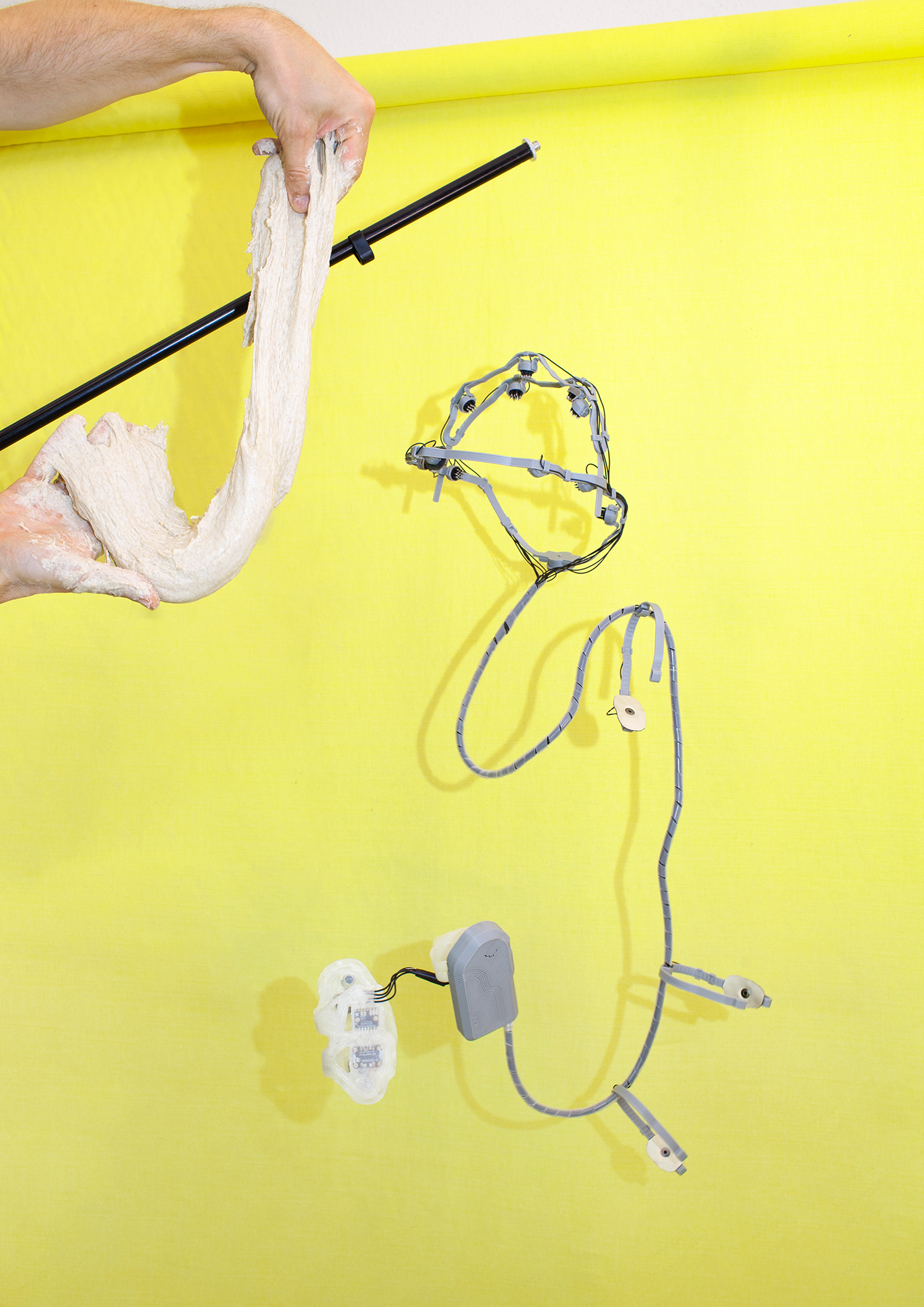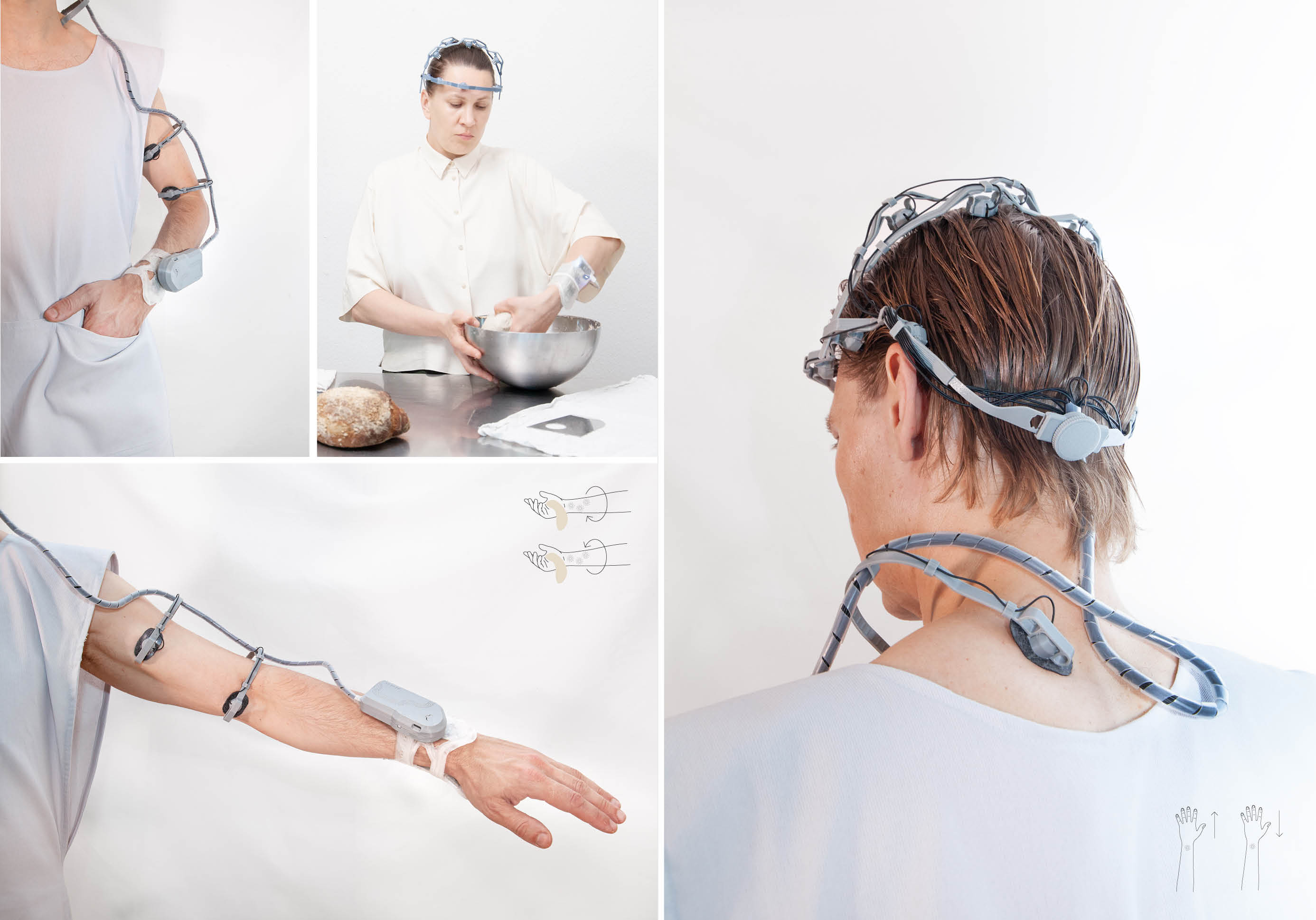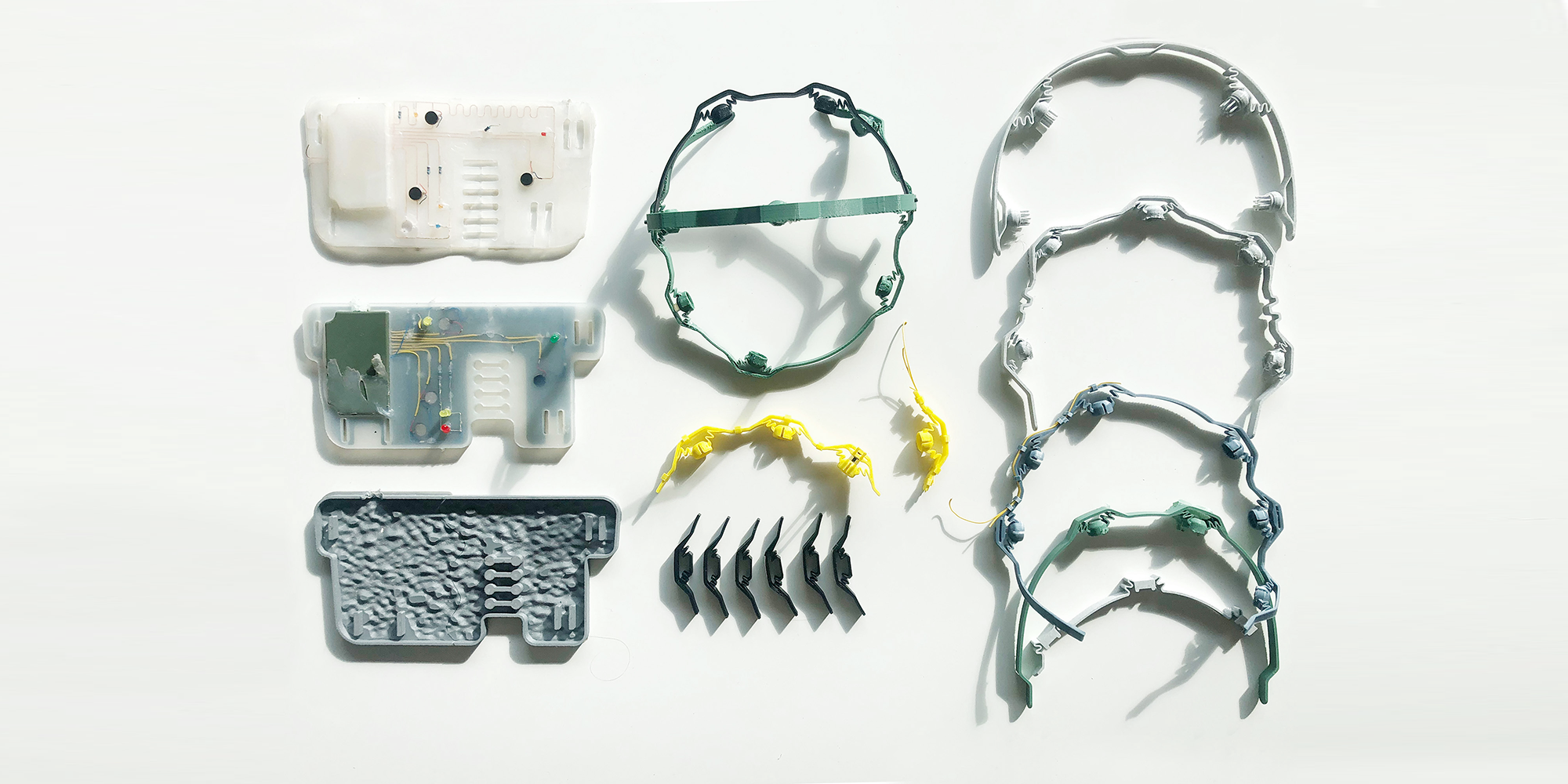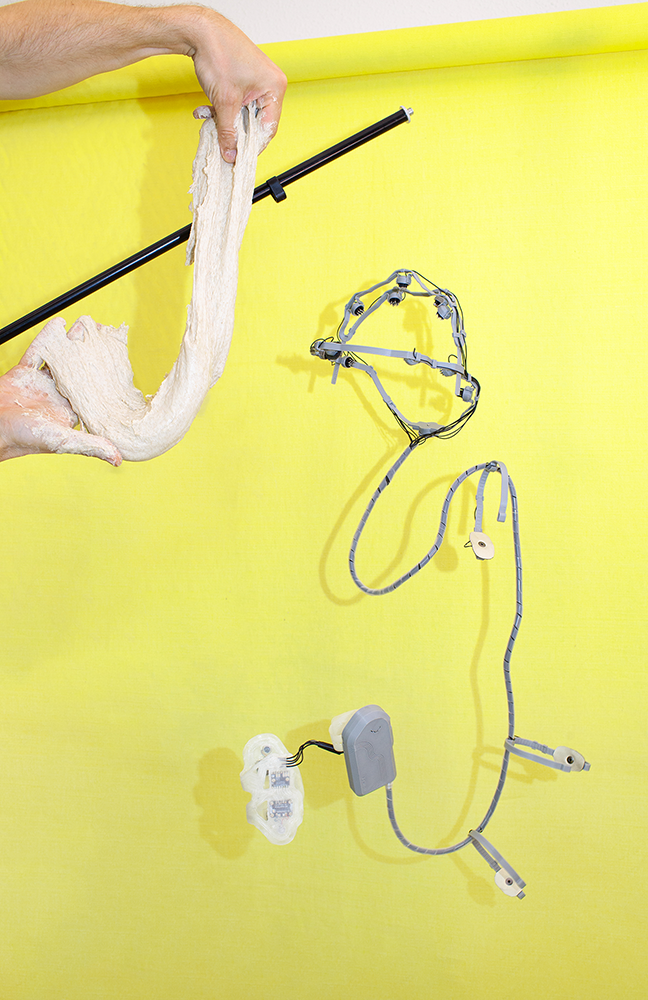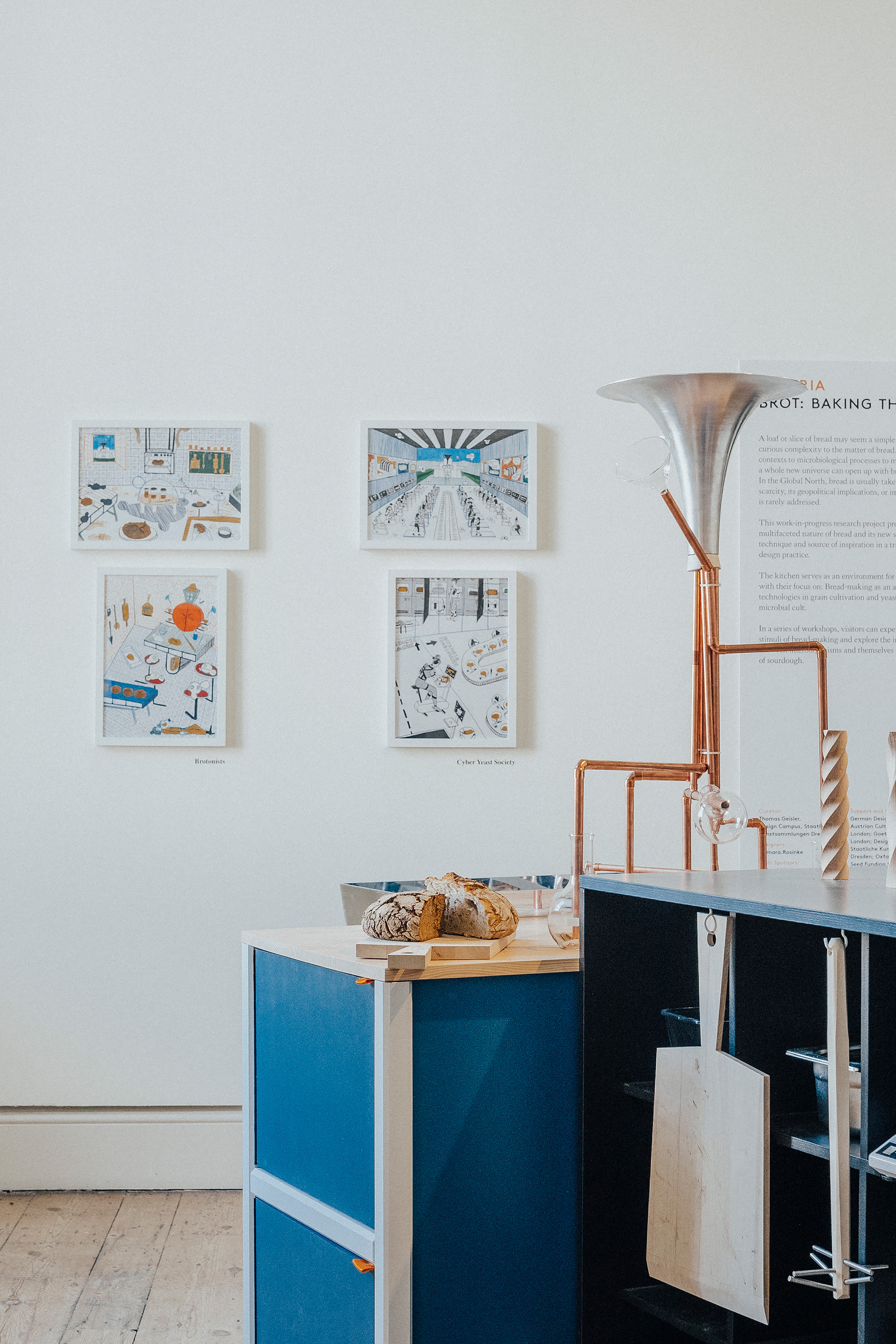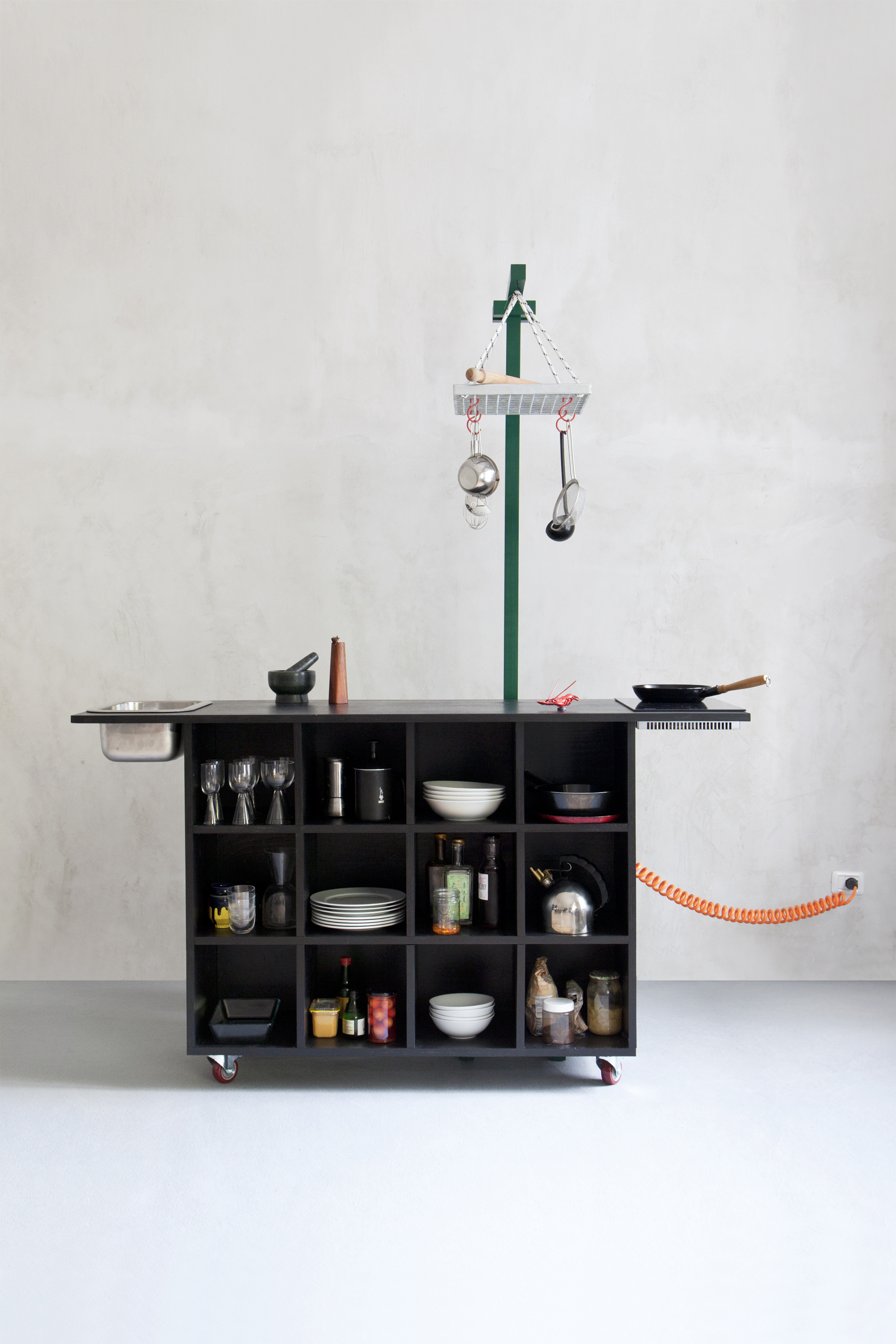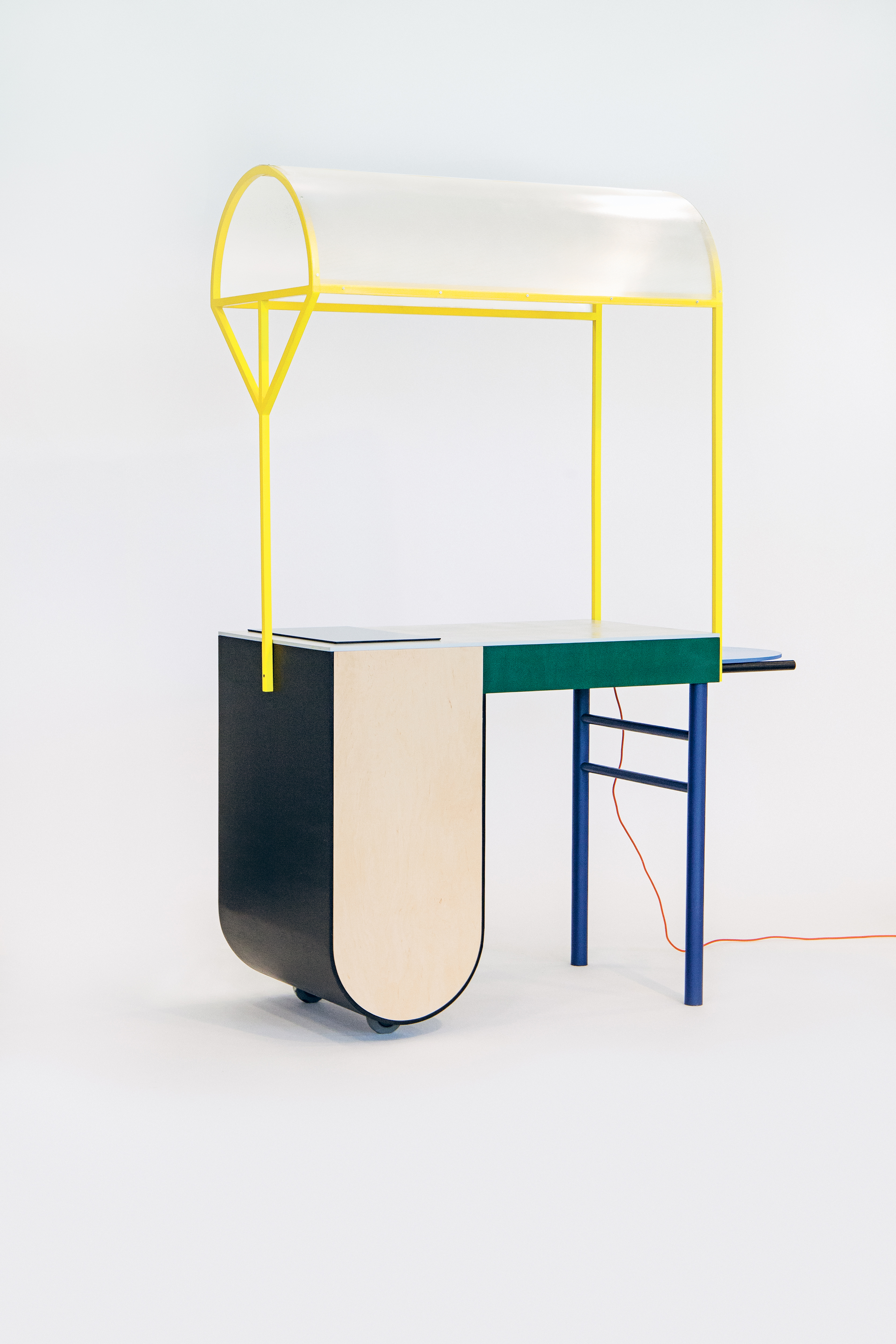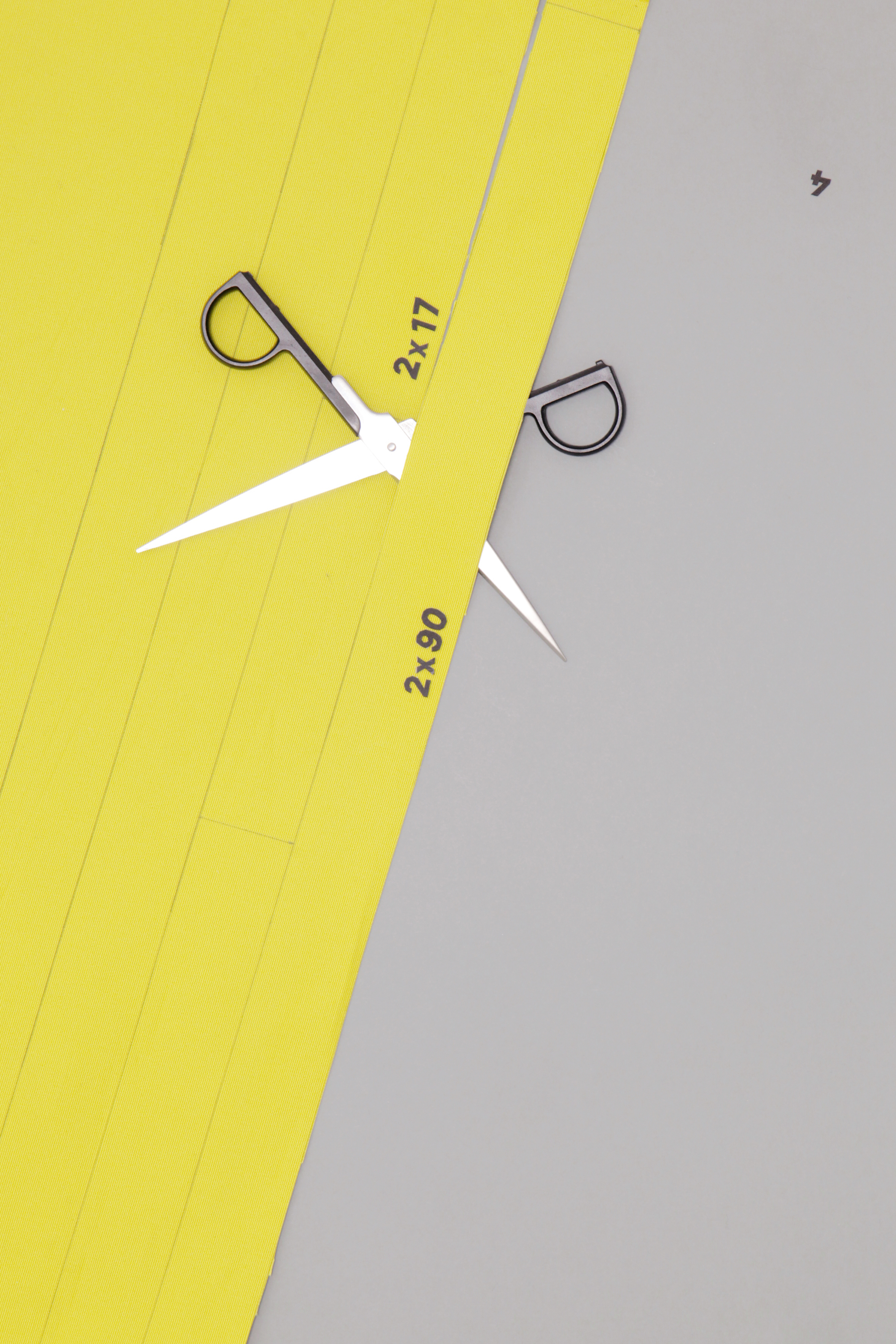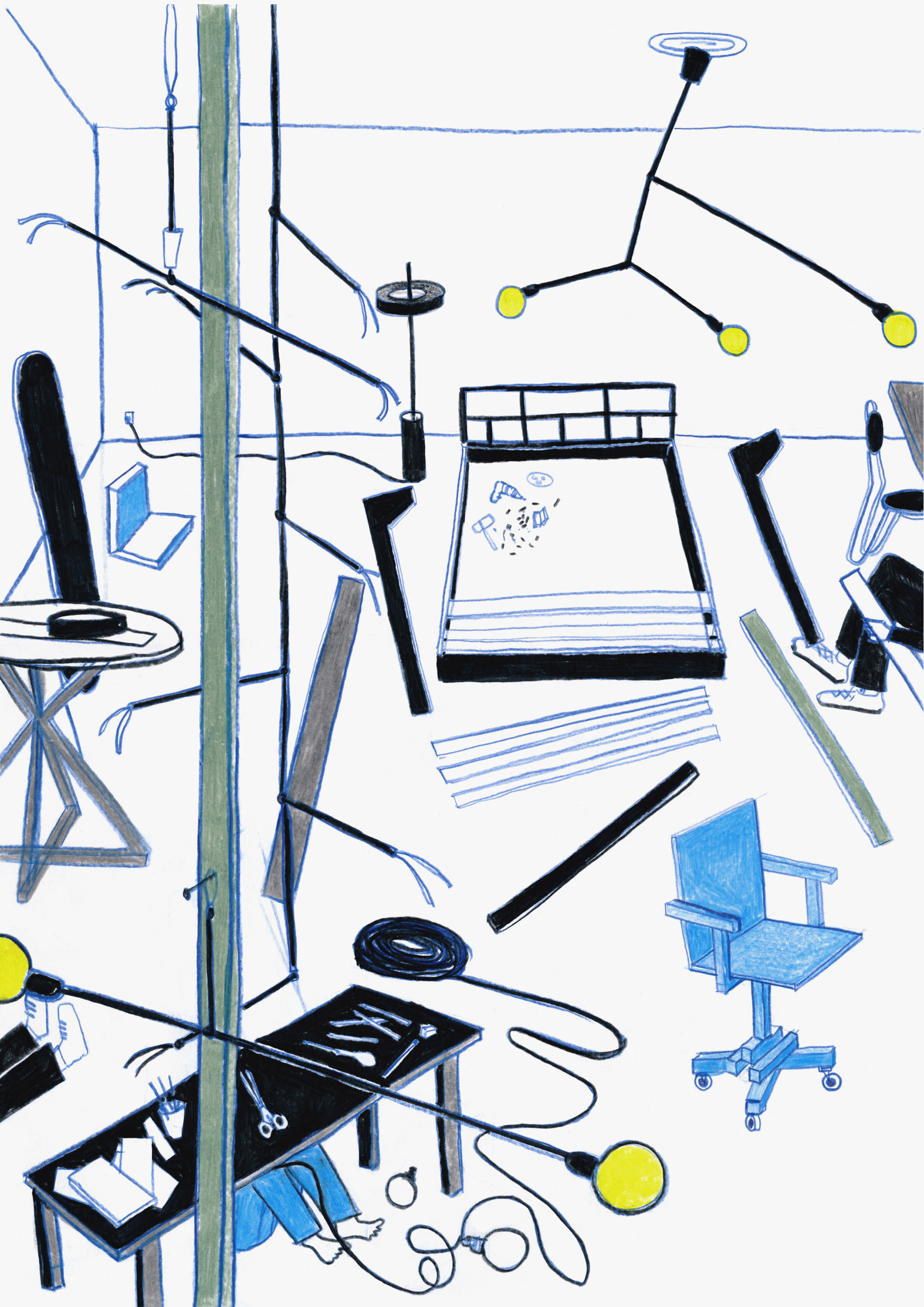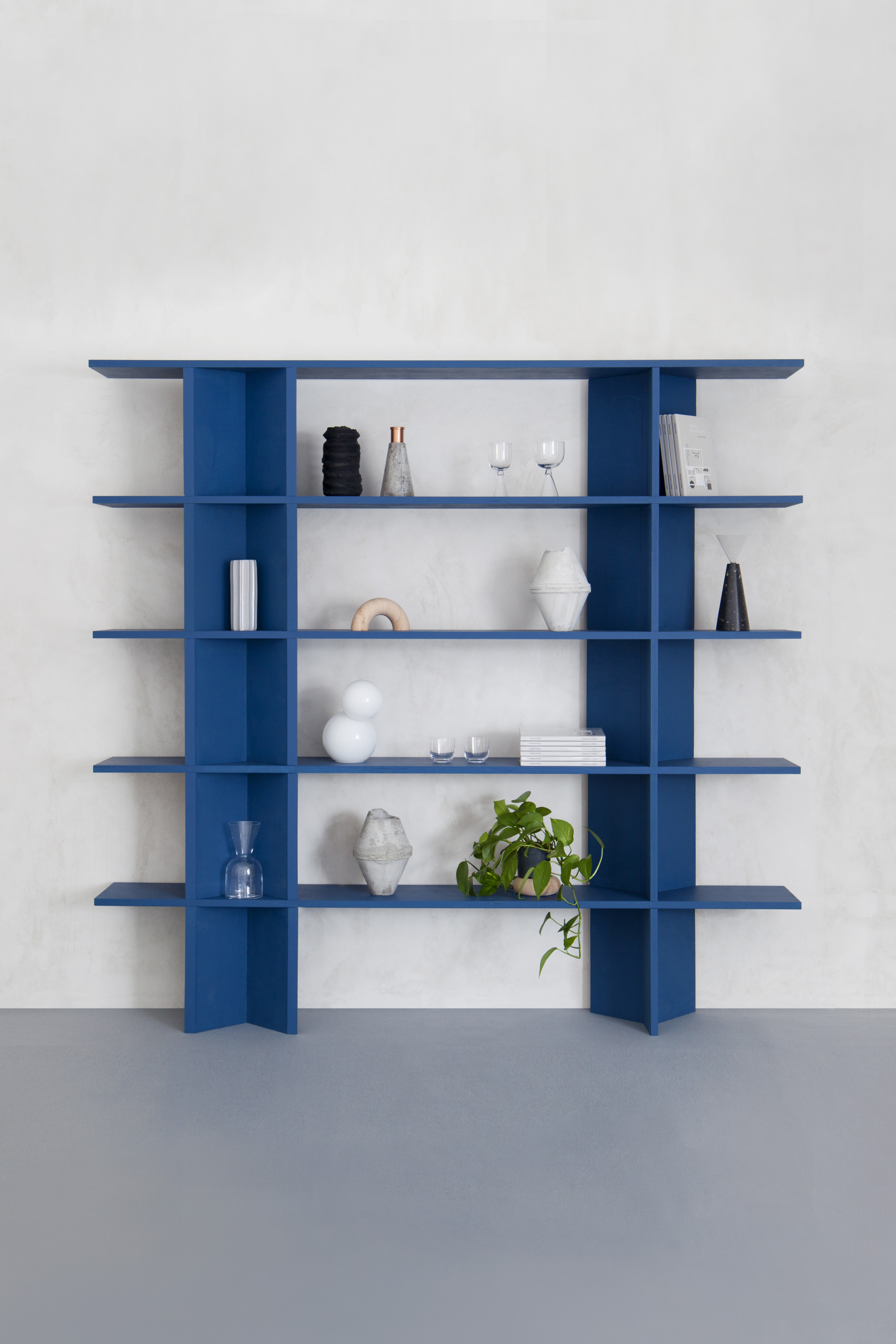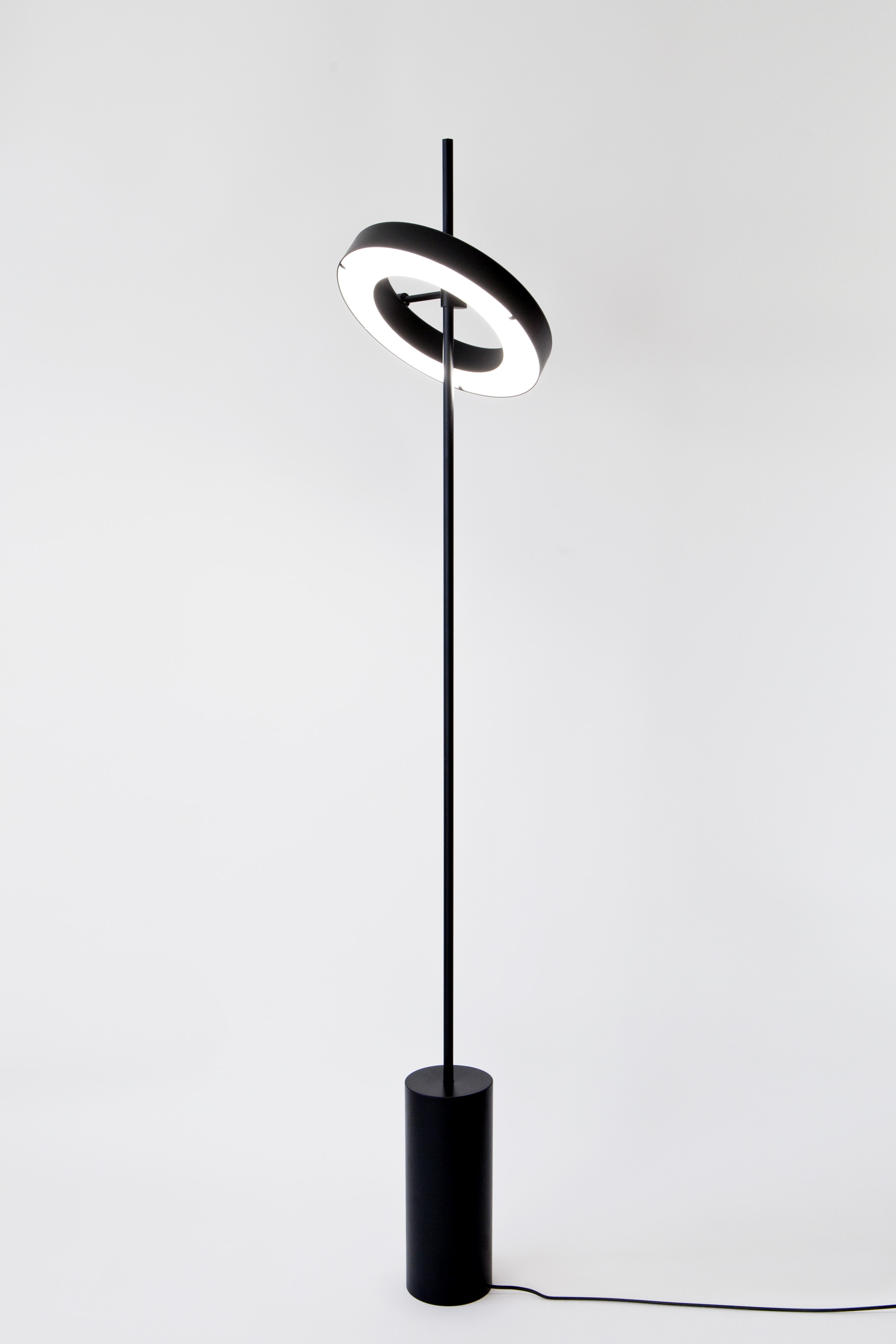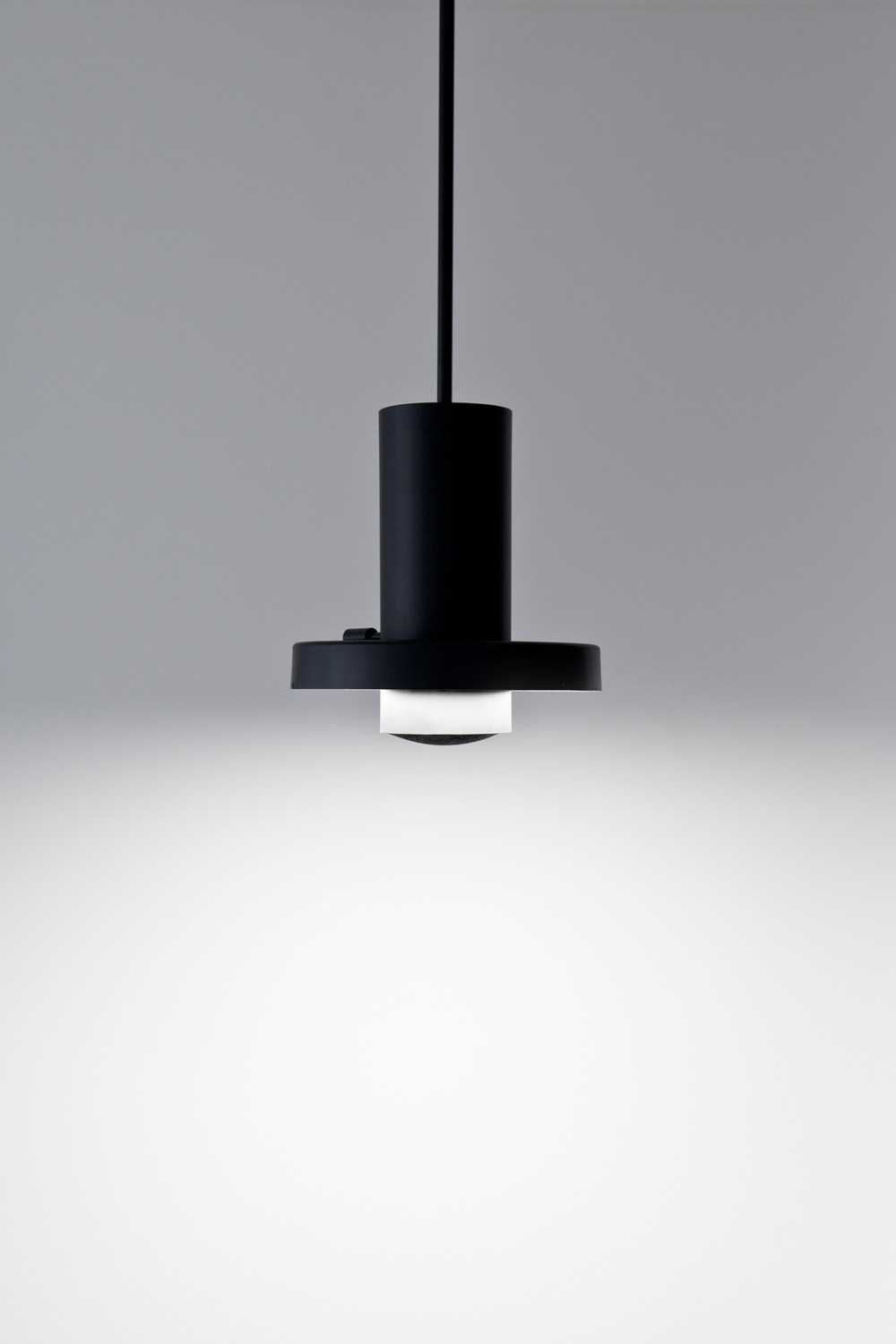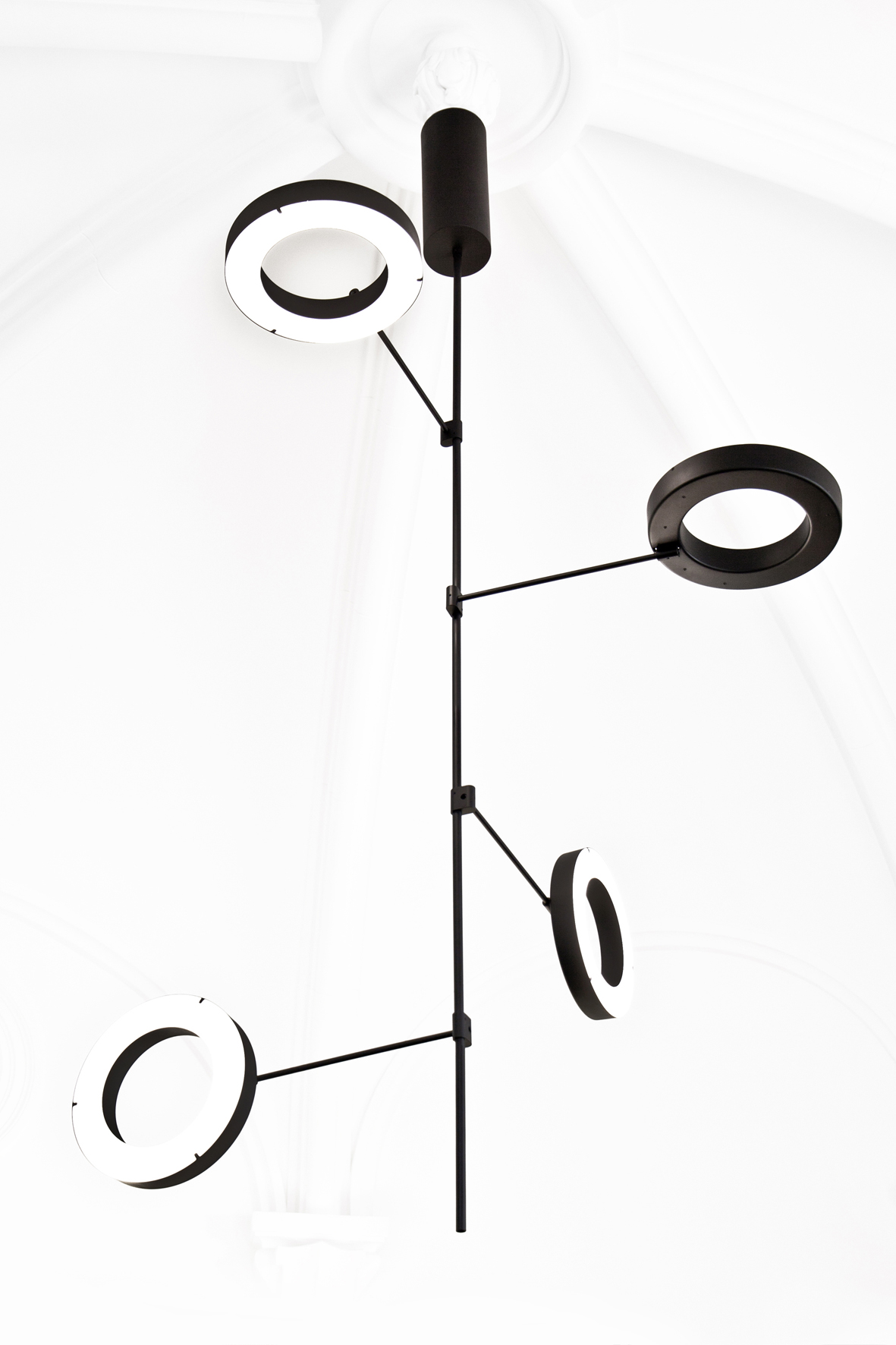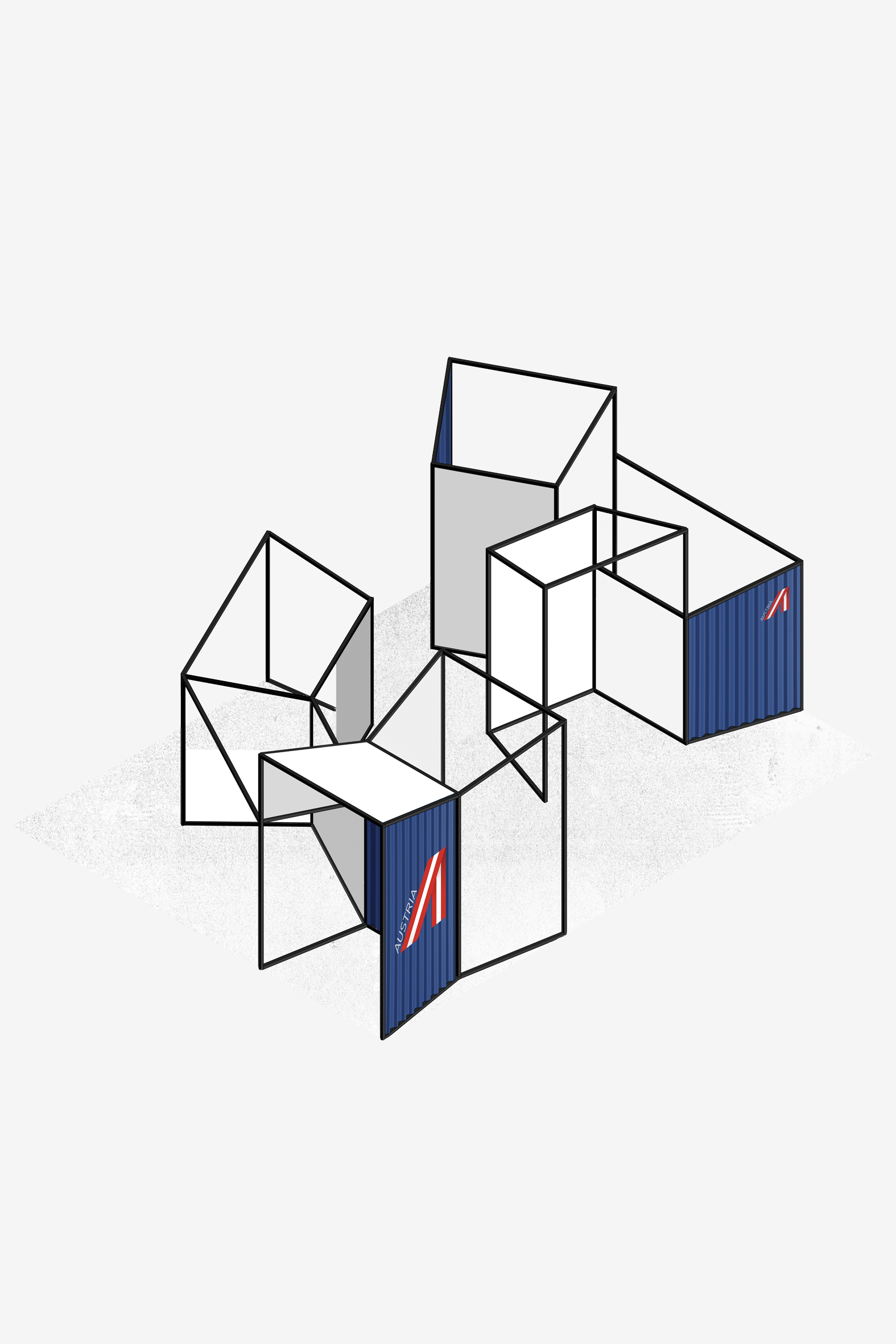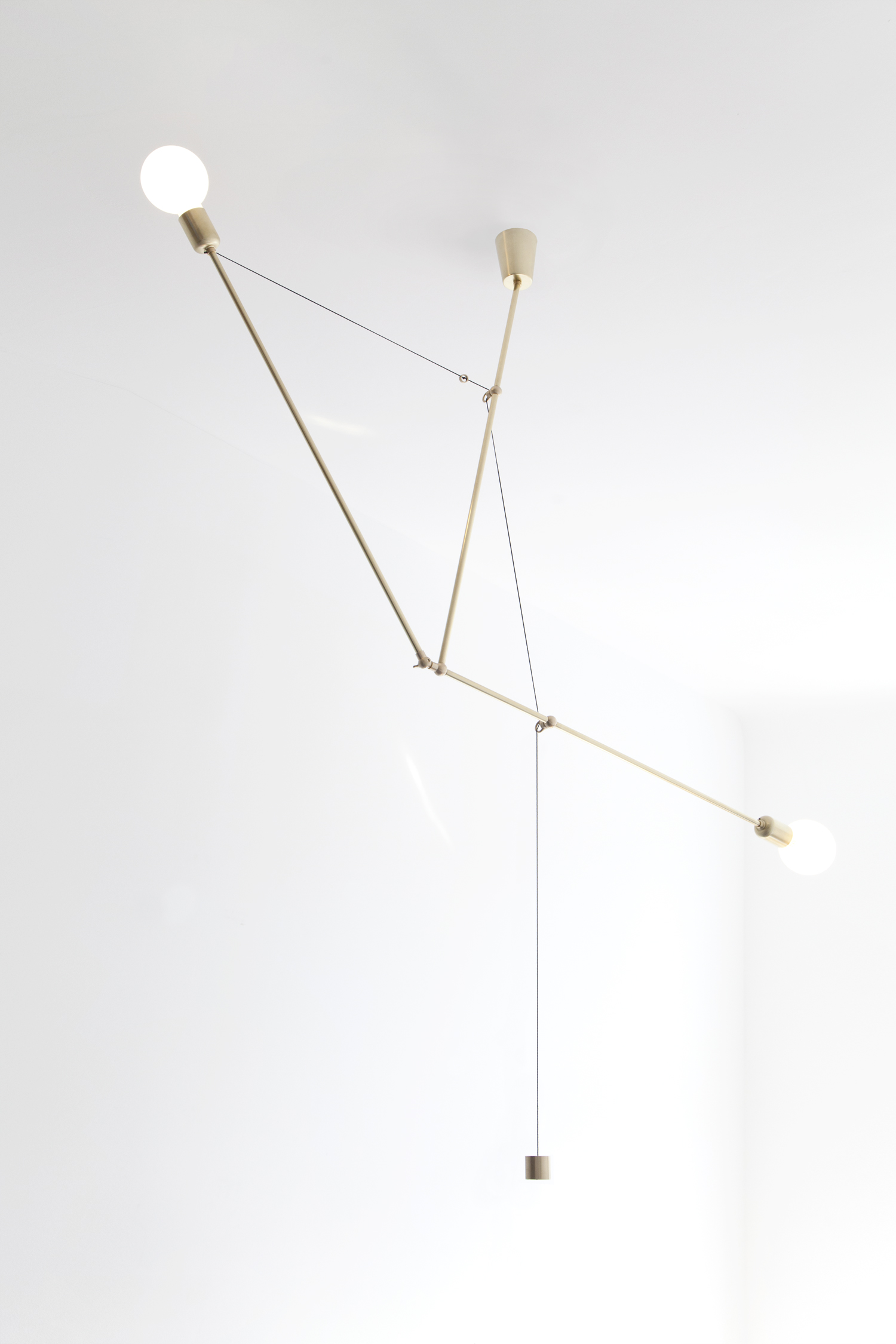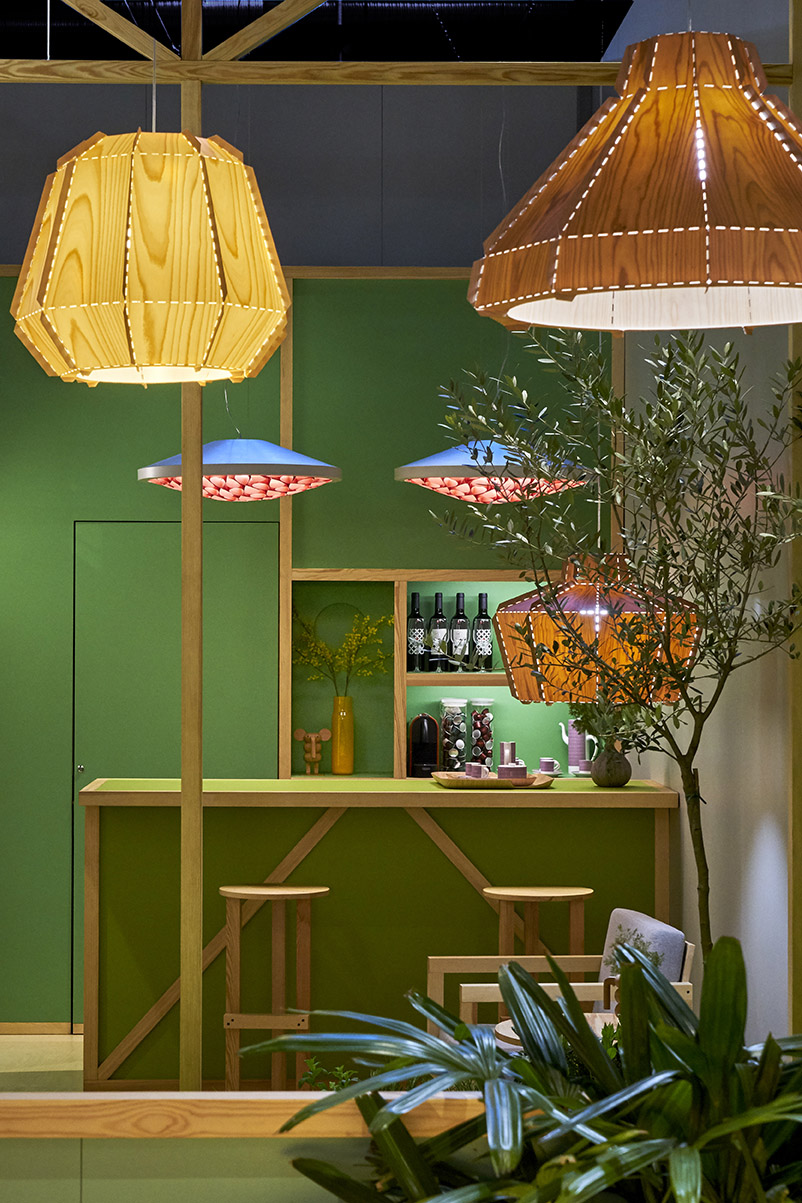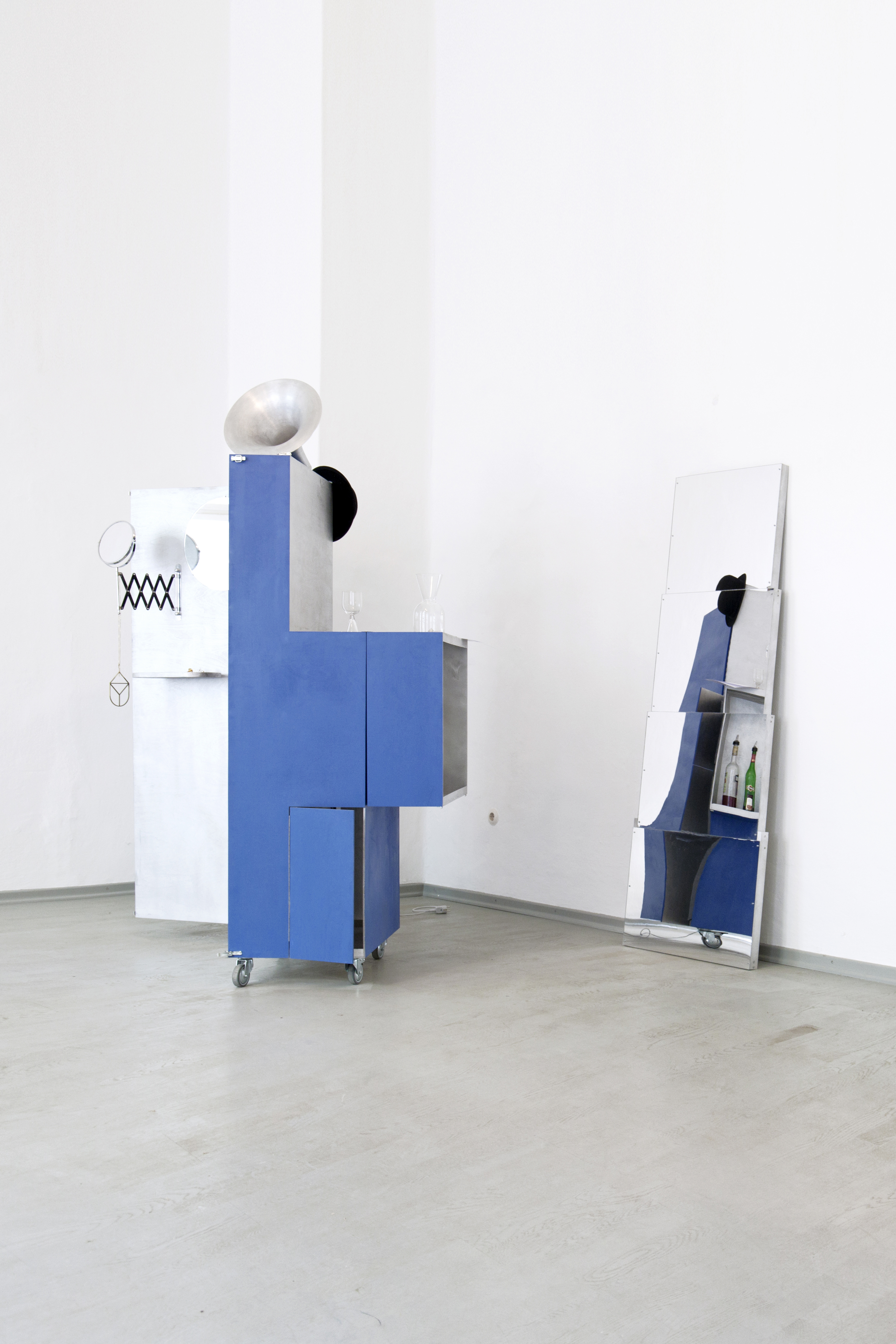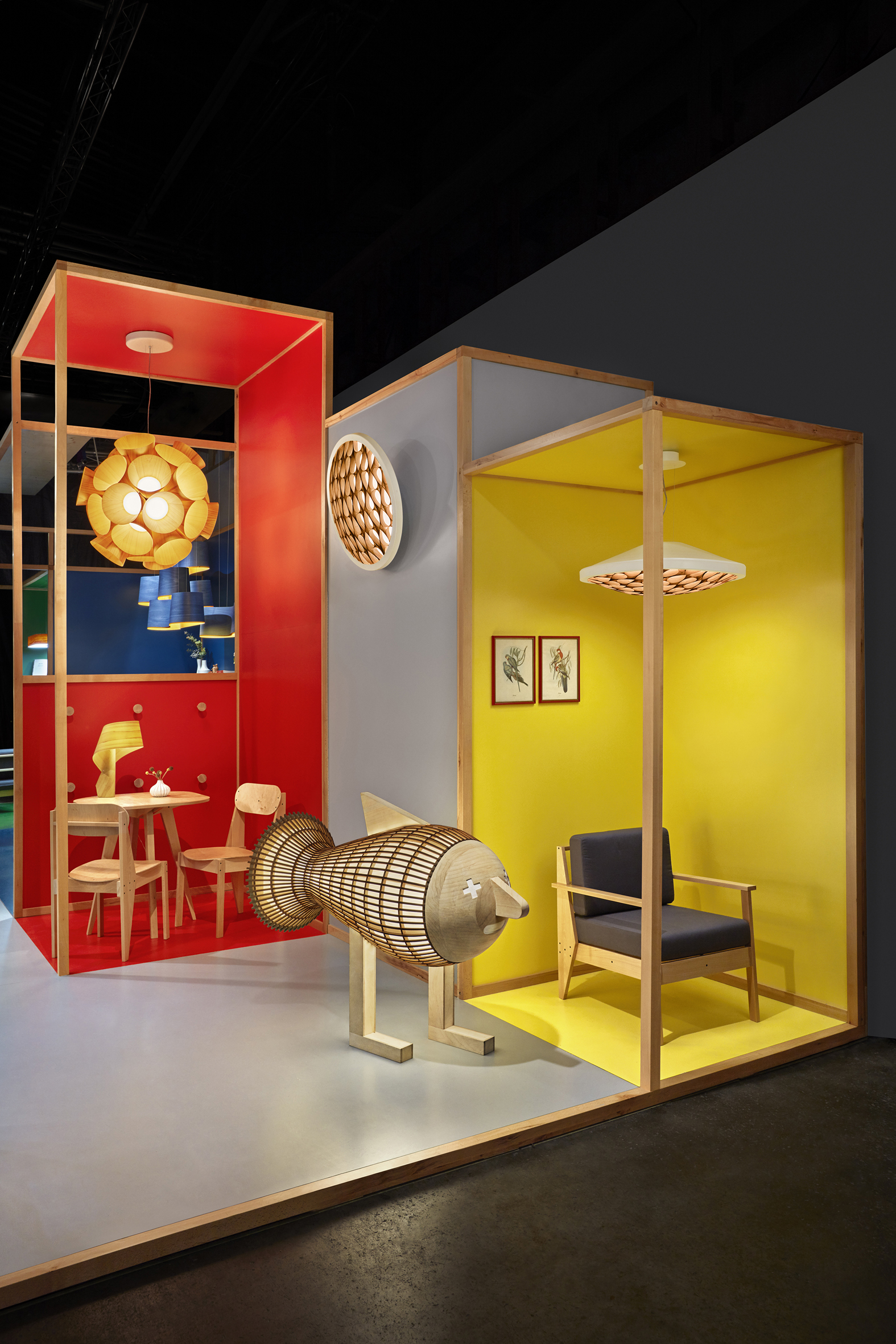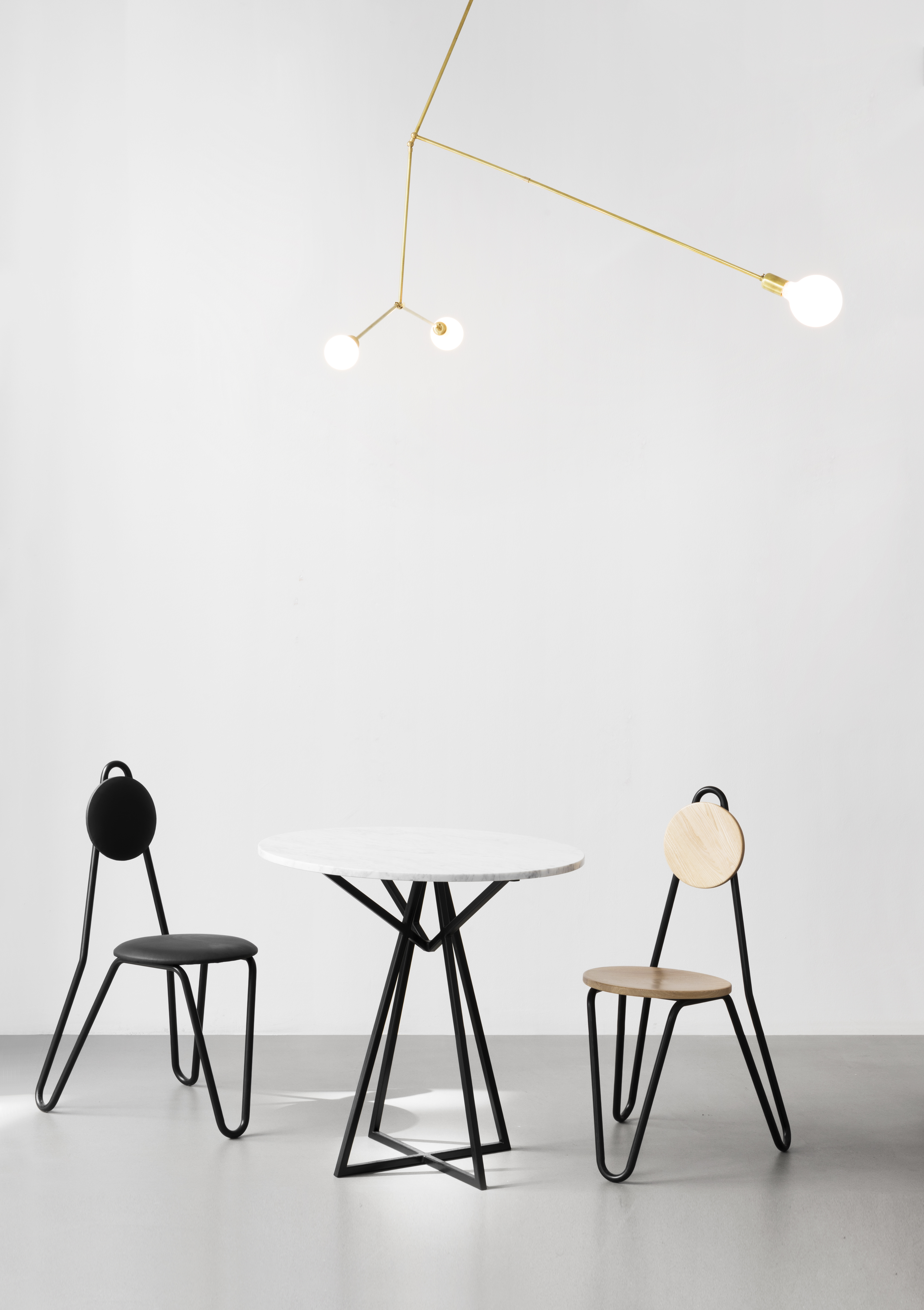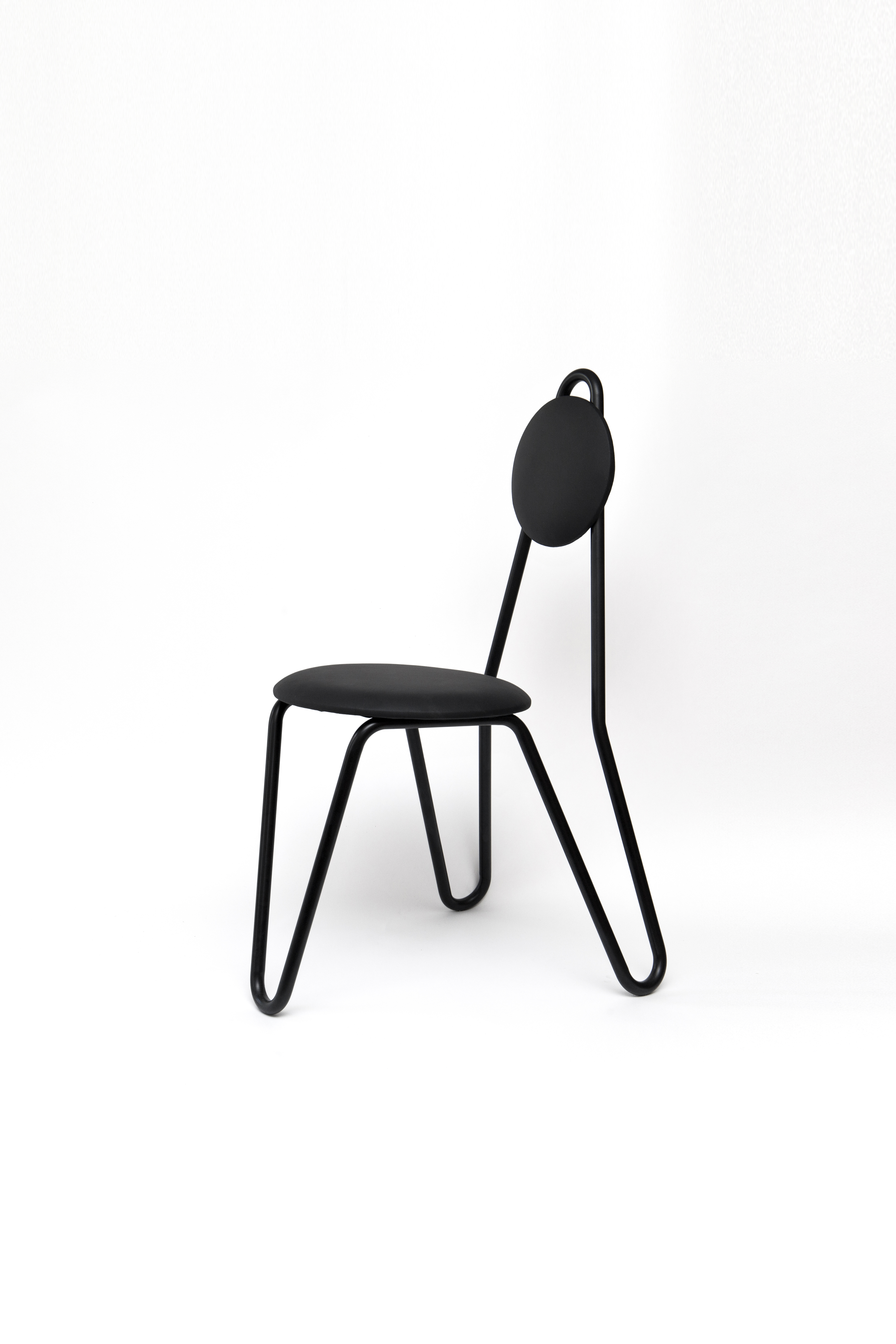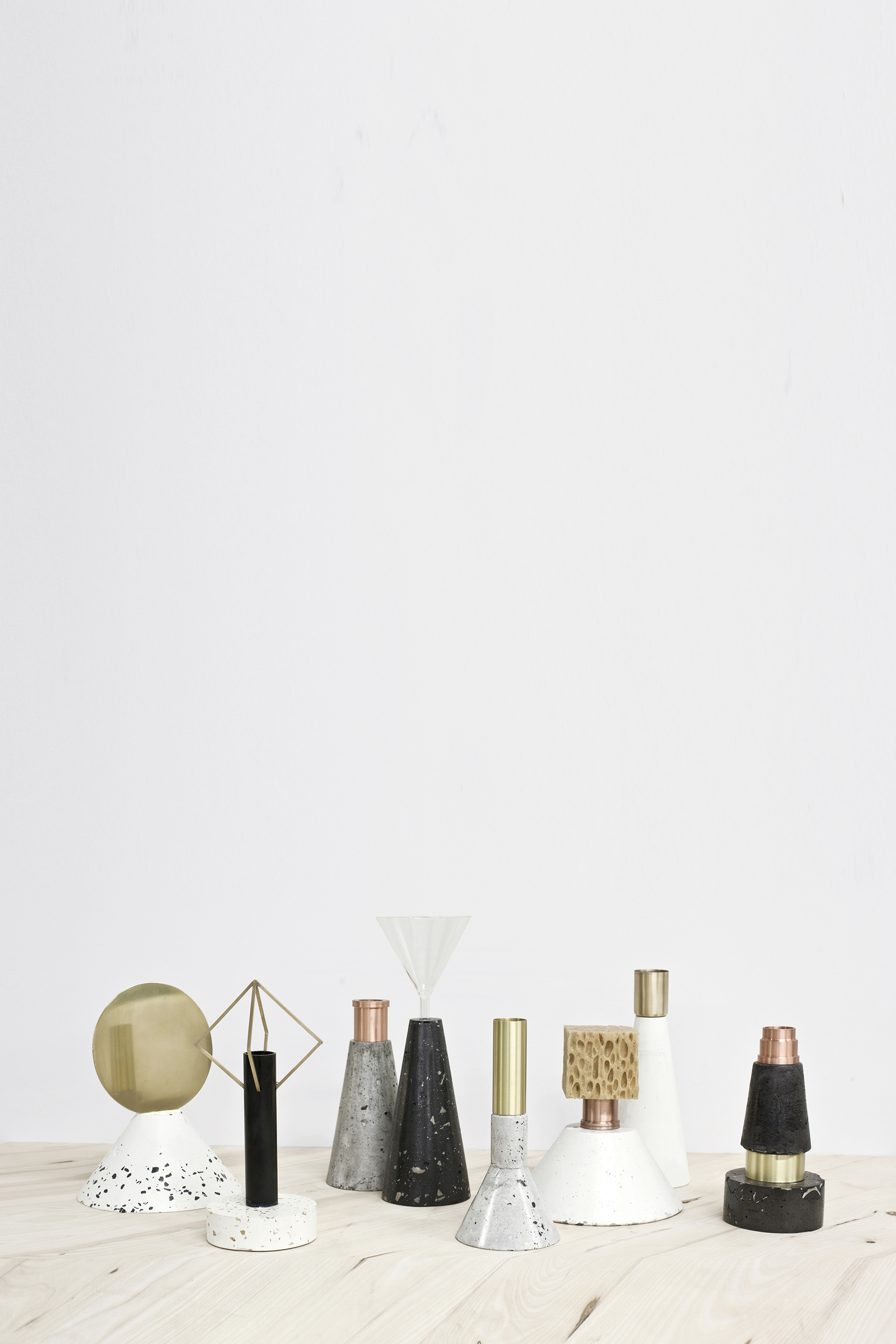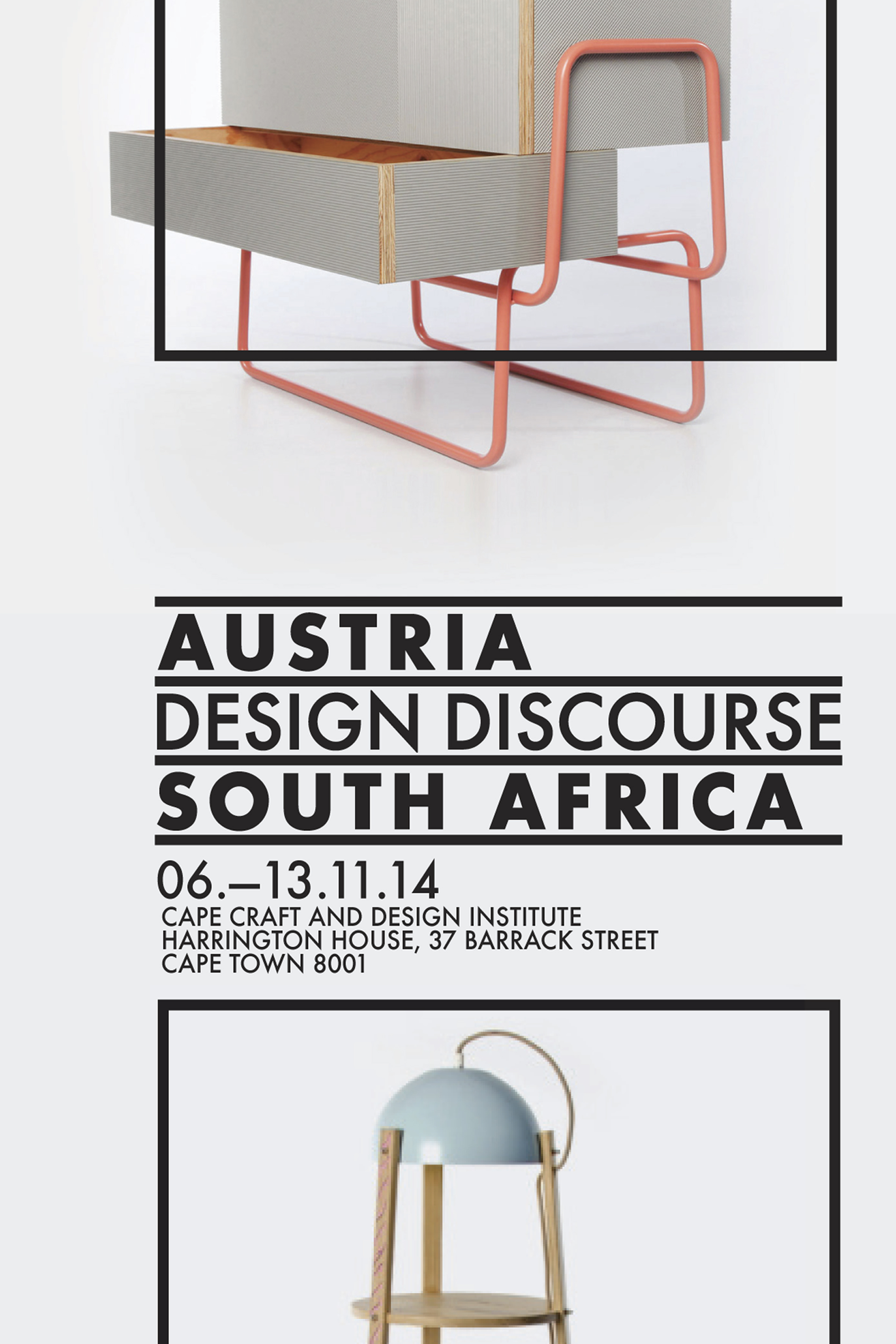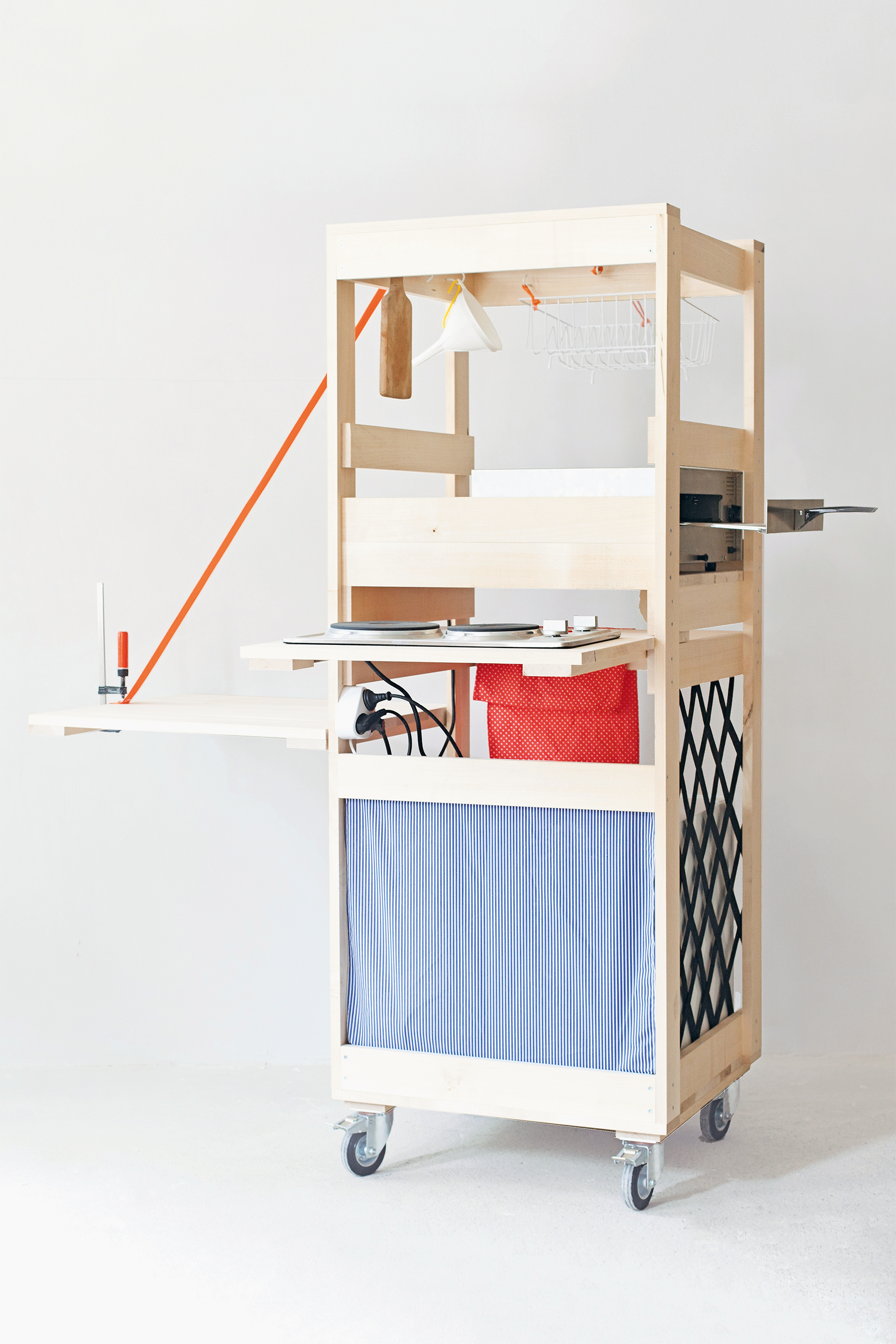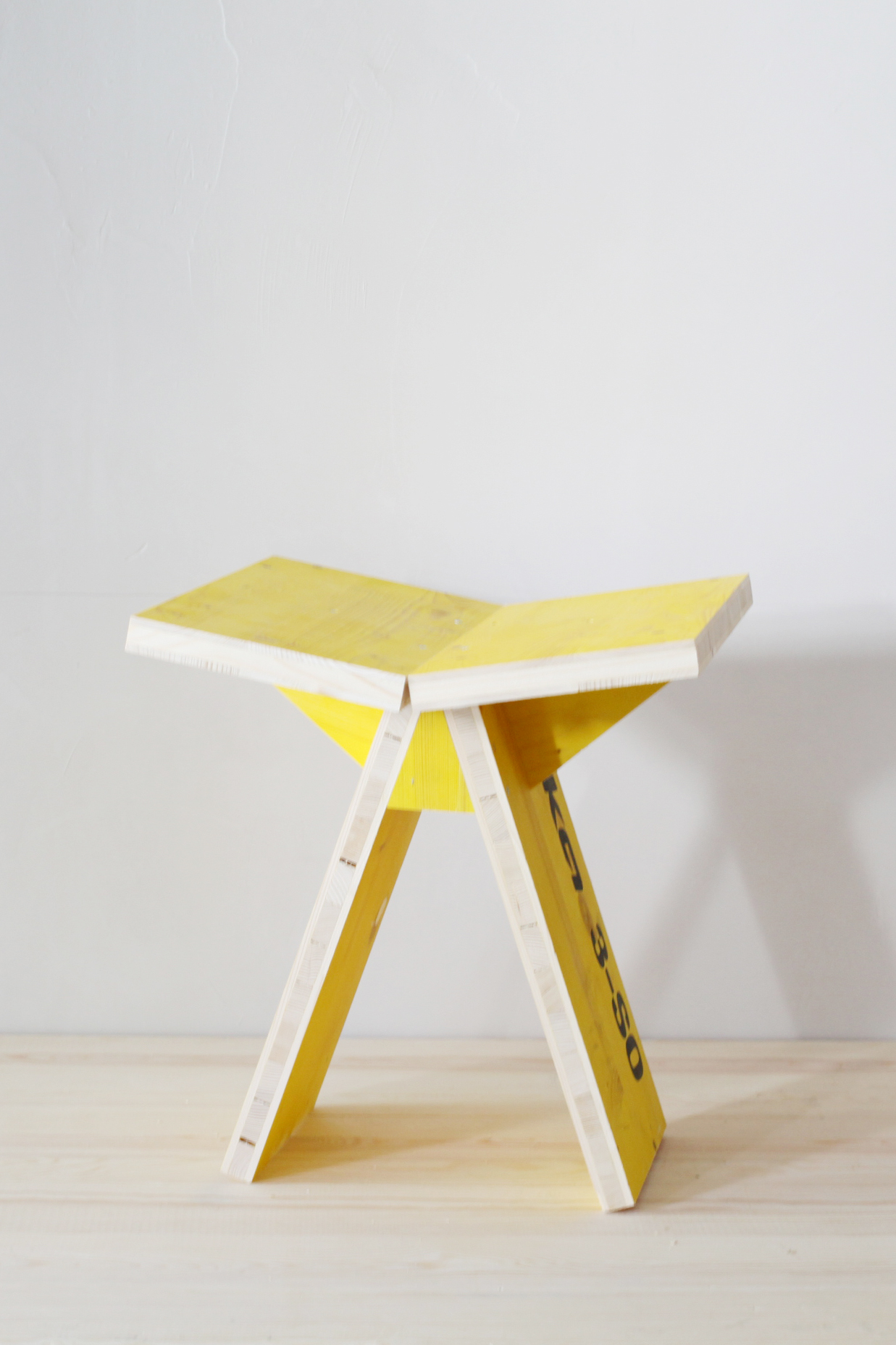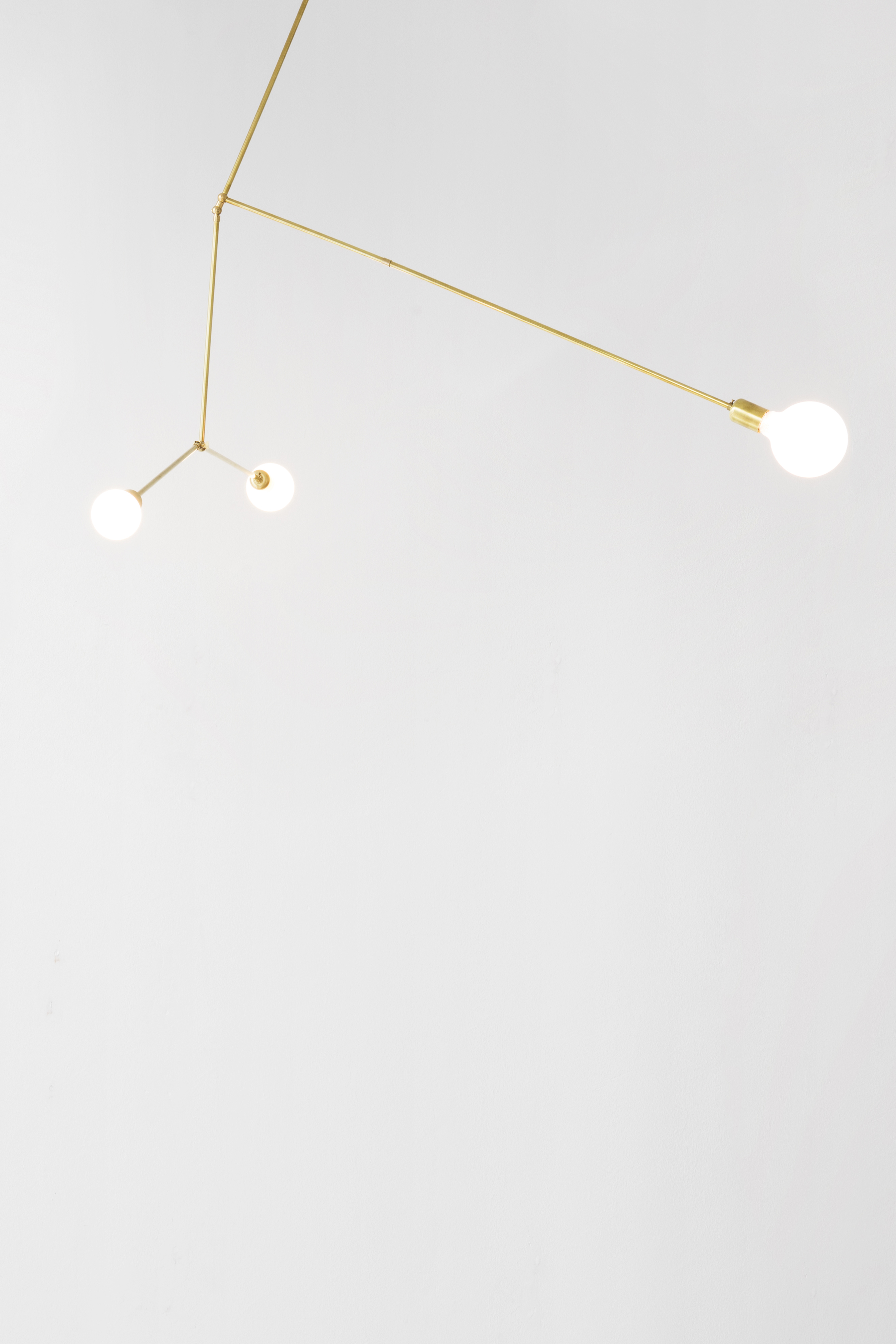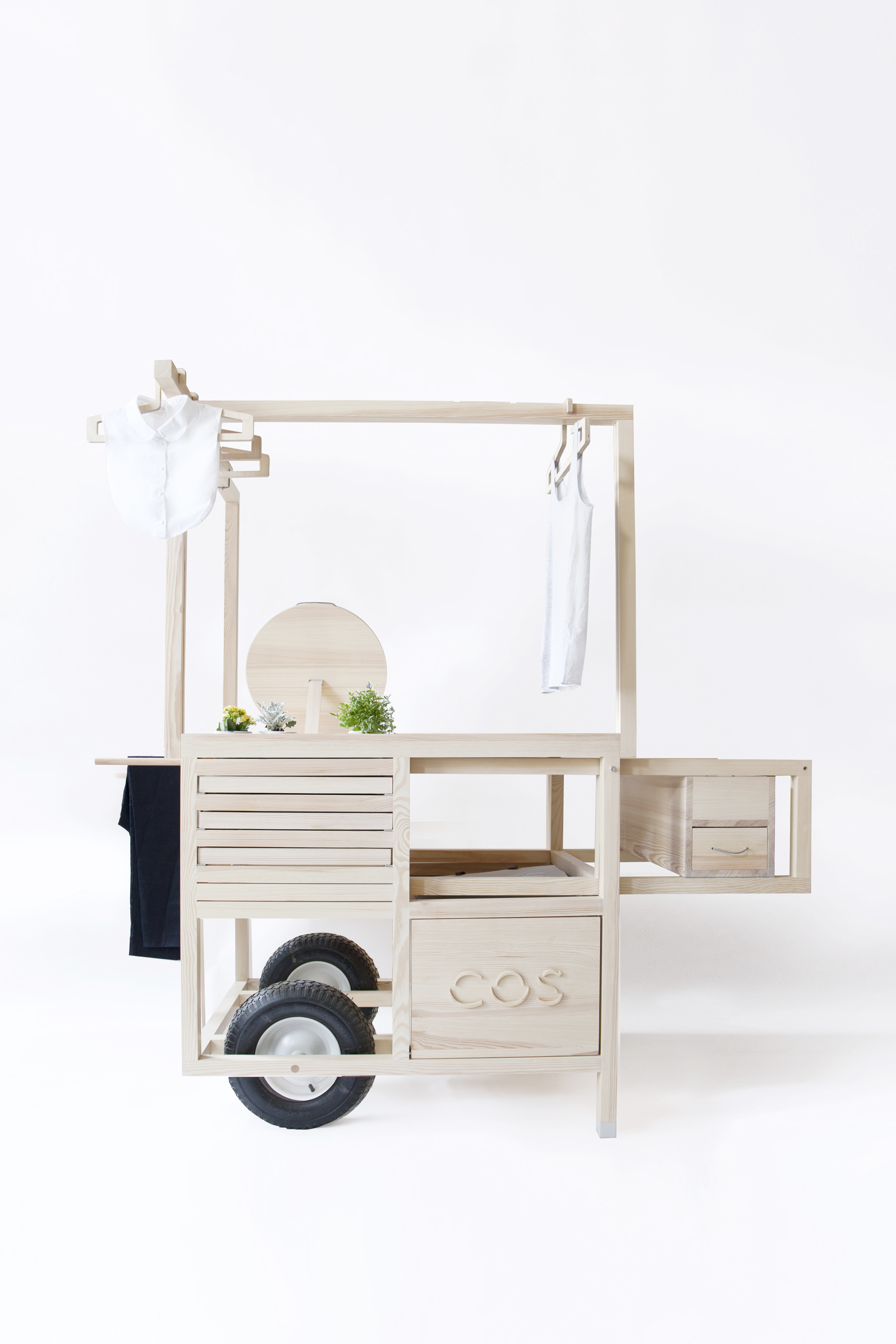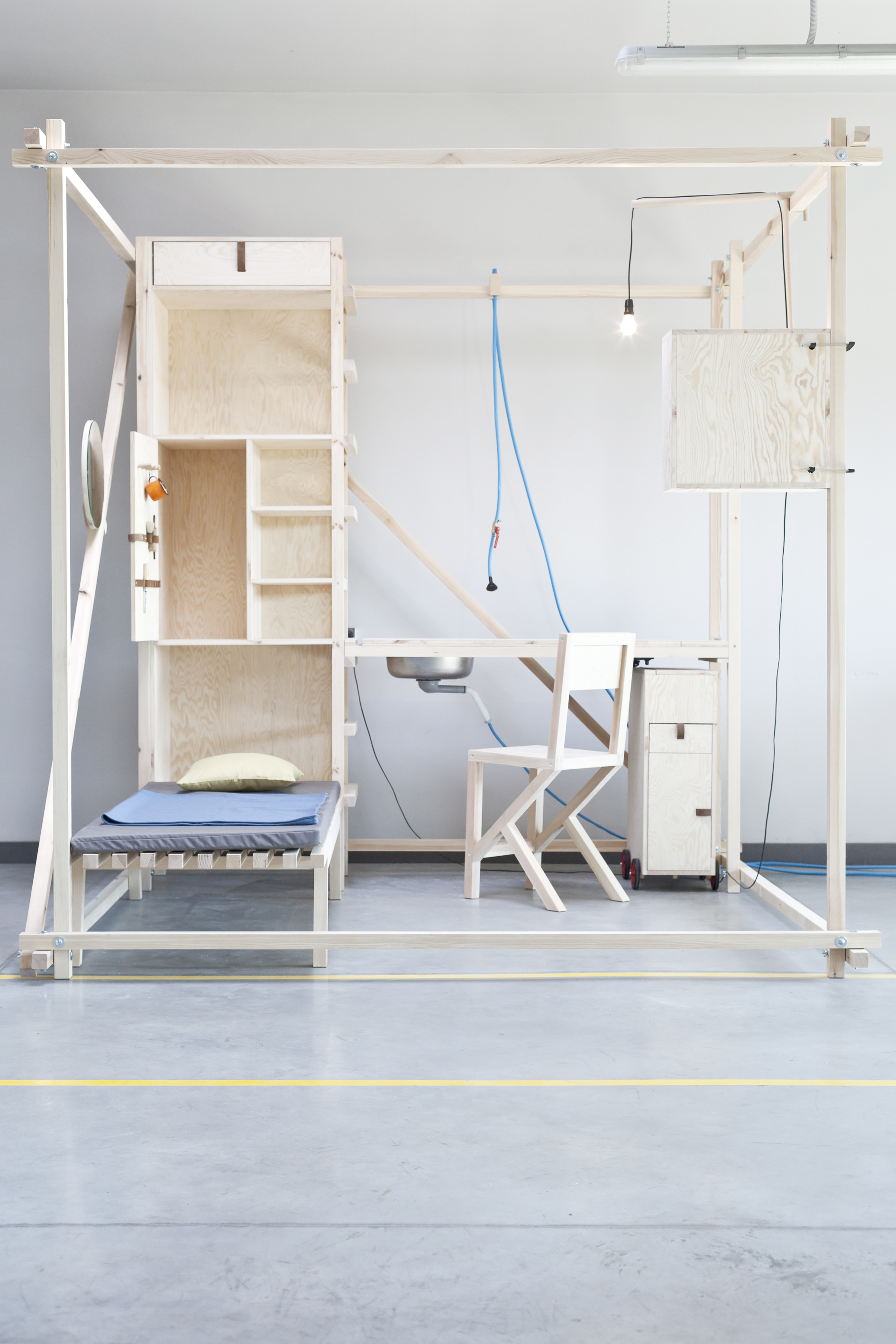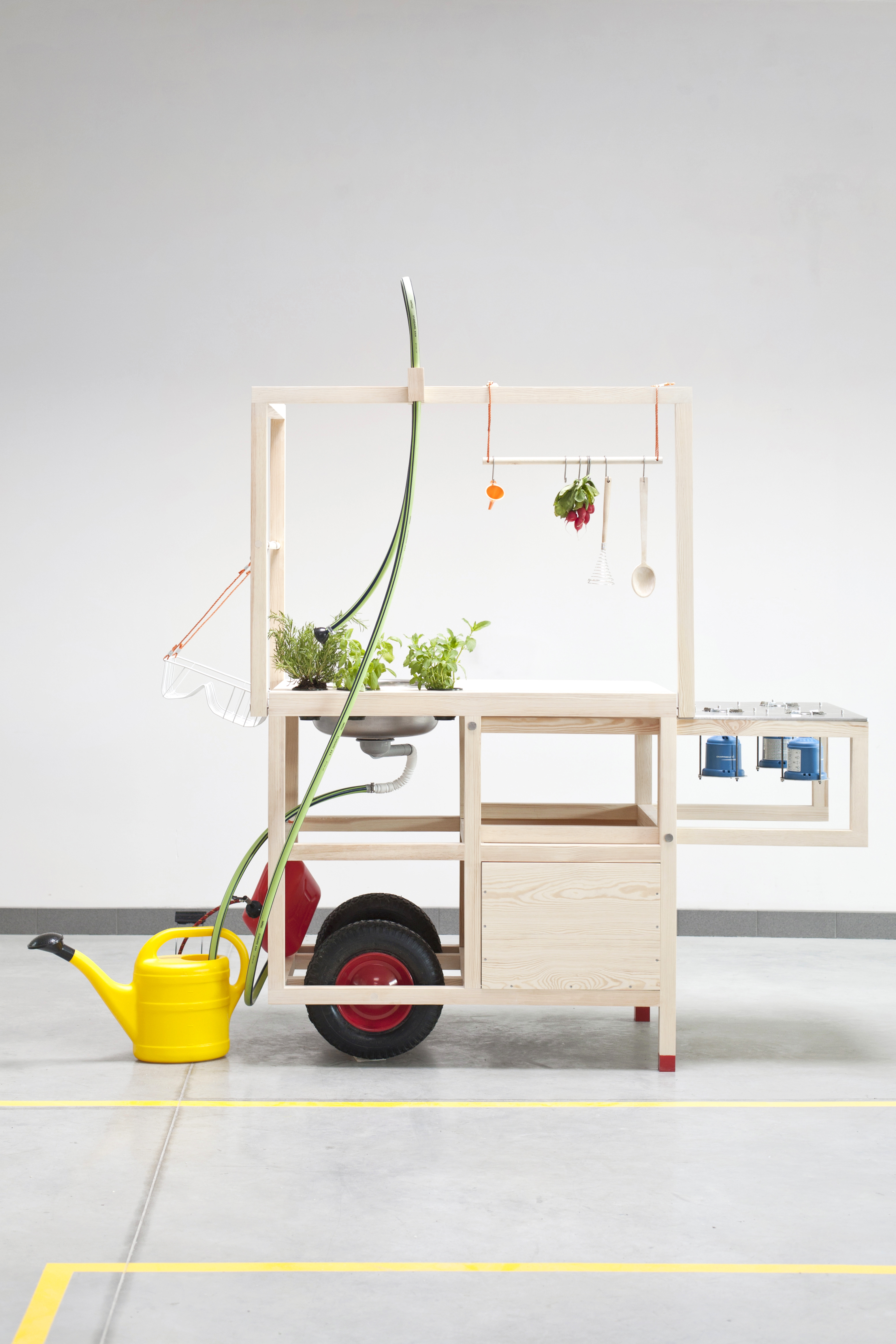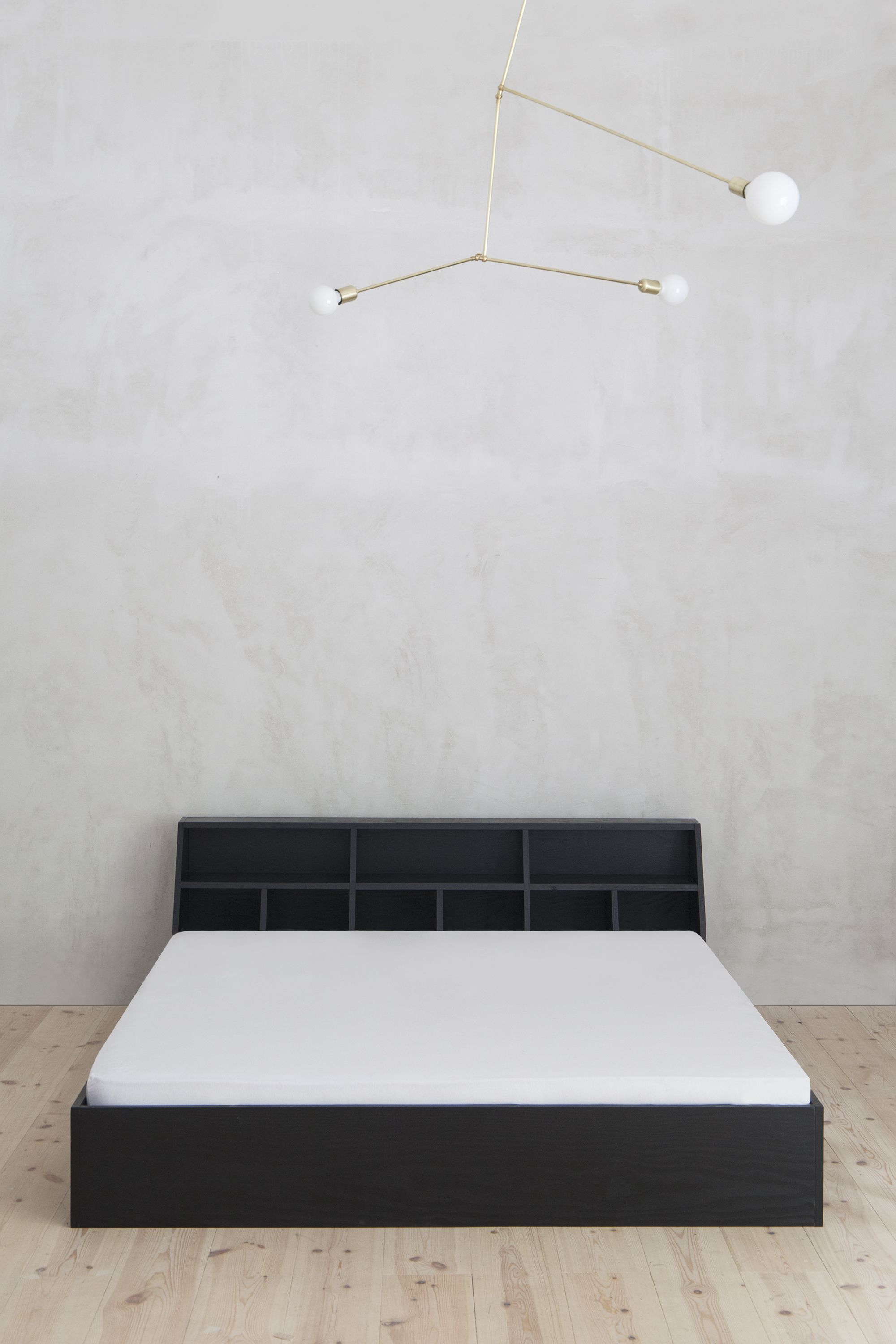Neuro-Cooking
speculative therapeutic wearable combining EEG and other sensor technology with tactile feedback

The aesthetic practice of the cultural technique of working with sourdough is recognized besides its nutritious benefits as a meditative practice. We wanted to look deeper into the question how it works neurologically. Our prototype processes biometric data through custom algorithms that detect stress states, flow states, and emotional regulation patterns. Instead of auditory and visual output, the device responds through tactile feedback — like having a gentle hand guide yours through the rhythms of kneading.
The process is surprisingly intuitive. As you work with the dough, sensors detect tension in your muscles, changes in heart rate, and neural activity patterns. When stress levels rise, the device provides calming vibration patterns. When you enter a flow state — that focused, meditative zone — it responds with encouraging tactile feedback that helps you maintain that therapeutic rhythm.
Haptic-guided bread-making creates improvements in stress markers and sustained attention states. The combination of this aesthetic practice and real-time biometric feedback appears to activate our body's relaxation response more effectively than traditional mindfulness approaches.
This work sits at the intersection of neuroscience, design, and culinary tradition. But it also raises fundamental questions: Should we integrate technology into such intimate, sensorial practices? Are we enhancing human experience or diminishing it? This conceptual project opens a discourse about the boundaries between technological intervention and authentic human connection with our craft. This experimental design explores neuroscience-driven tactile feedback systems, using the therapeutic qualities of bread-making as our testing ground for real-time data interpretation and haptic response.
Besides the background research and studies in multi-sensorial perception, we had to dig deep into the coding of vibration patterns and the selection and calibration of LRA motors for achieving optimal tactile feedback results.
Another major challenge was designing the actual wearable. Creating a device that measures brain activity, muscle tension, and heart rhythm while someone kneads dough presents unique design challenges. How do you balance technological precision with human comfort?
We used 3D scans of the body to develop a different approach than most products on the market. Our aim was to replace complex compound materials with mechanical solutions using easily recyclable or even biodegradable materials. Even for ECG and EMG, we were able to replace standard single-use adhesive sensors with mechanical and 3D-printed solutions.
We integrated cable management directly into the 3D-printed parts to minimize electrical interference and redesigned the cable routing to follow natural head movements. This effort results in dramatically reduced setup time—users can put on the wearable and start the system much more quickly.
Our design approach is honest. Rather than hiding technology, we brought every technical element to the forefront. Even the wearable responsible for haptic feedback is printed in translucent flexible material, revealing microcontrollers and cabling to the user.
Components can be disassembled and repaired completely—no glued assemblies, no permanent bonds. When something breaks, you can fix it.
Year: 2025
Material: PLA, TPU
Realised for: ST+ARTS.EU, MUSAE Scholarschip
